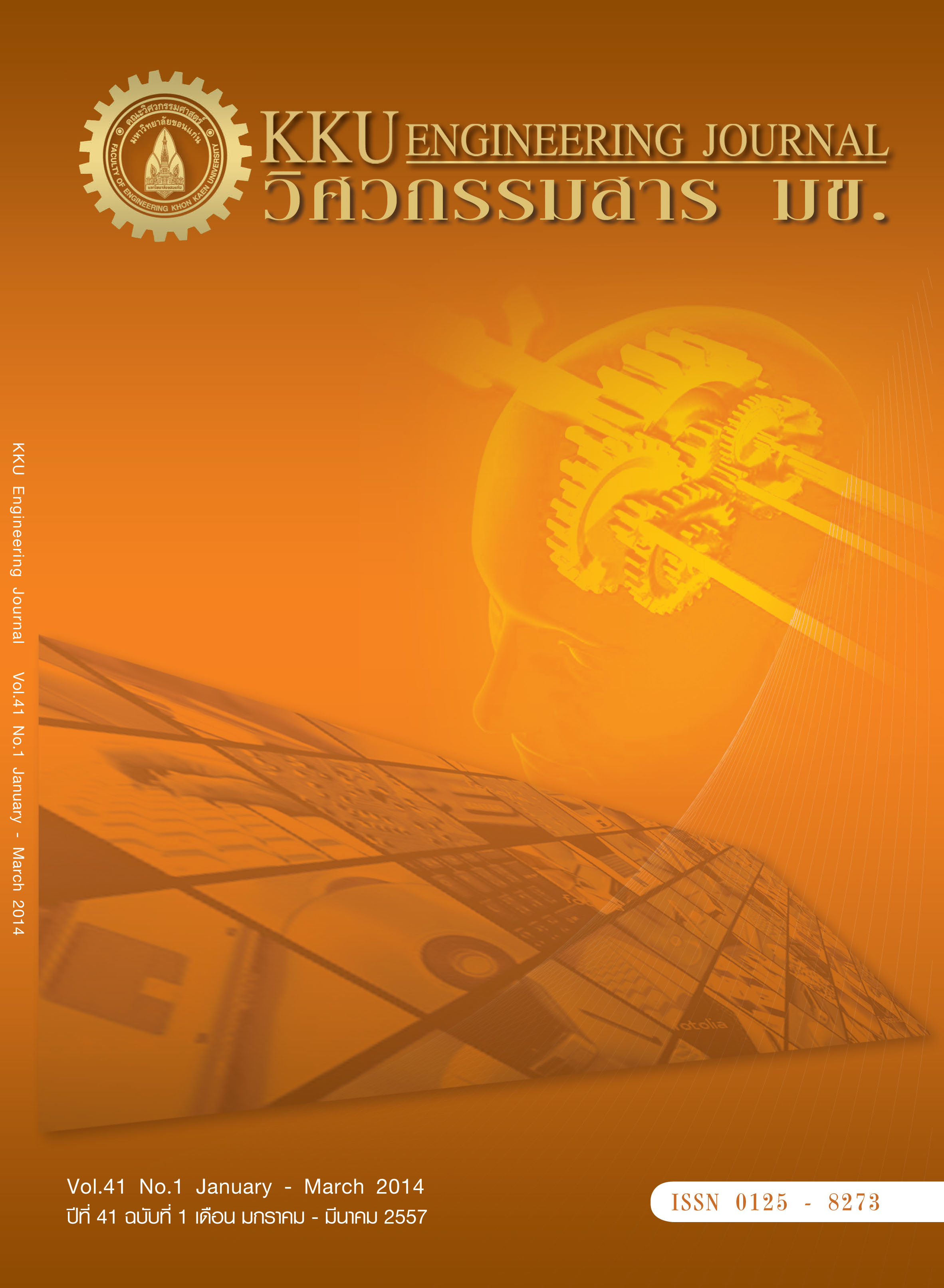Semantic-based technique for thai documents plagiarism detection
Main Article Content
Abstract
Plagiarism is the act of taking another person's writing or idea without referring to the source of information.
This is one of major problems in educational institutes. There is a number of plagiarism detection software
available on the Internet. However, a few numbers of them works. Typically, they use a simple method for
plagiarism detection e.g. string matching. The main weakness of this method is it cannot detect the
plagiarism when the author replaces some words using synonyms. As such, this paper presents a new
technique for a semantic-based plagiarism detection using Semantic Role Labeling (SRL) and term
weighting. SRL is deployed in order to calculate the semantic-based similarity. The main different from the
existing framework is terms in a sentence are weighted dynamically depending on their roles in the sentence e.g. subject, verb or object. This technique enhances the plagiarism detection mechanism more efficiently
than existing system although positions of terms in a sentence are reordered. The experimental results show
that the proposed method can detect the plagiarism document more effective than the existing methods,
Anti-kobpae, Turnit-in and Traditional Semantic Role Labeling.
This is one of major problems in educational institutes. There is a number of plagiarism detection software

available on the Internet. However, a few numbers of them works. Typically, they use a simple method for
plagiarism detection e.g. string matching. The main weakness of this method is it cannot detect the
plagiarism when the author replaces some words using synonyms. As such, this paper presents a new
technique for a semantic-based plagiarism detection using Semantic Role Labeling (SRL) and term
weighting. SRL is deployed in order to calculate the semantic-based similarity. The main different from the
existing framework is terms in a sentence are weighted dynamically depending on their roles in the sentence e.g. subject, verb or object. This technique enhances the plagiarism detection mechanism more efficiently
than existing system although positions of terms in a sentence are reordered. The experimental results show
that the proposed method can detect the plagiarism document more effective than the existing methods,
Anti-kobpae, Turnit-in and Traditional Semantic Role Labeling.
Article Details
How to Cite
Prapanitisatian, S., & Kesorn, K. (2014). Semantic-based technique for thai documents plagiarism detection. Engineering and Applied Science Research, 41(1), 109–117. retrieved from https://ph01.tci-thaijo.org/index.php/easr/article/view/21768
Issue
Section
ORIGINAL RESEARCH
This work is licensed under a Creative Commons Attribution-NonCommercial-NoDerivatives 4.0 International License.



